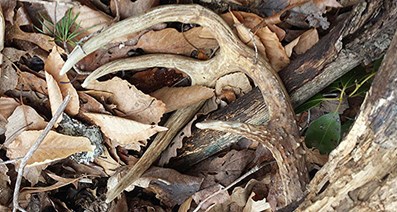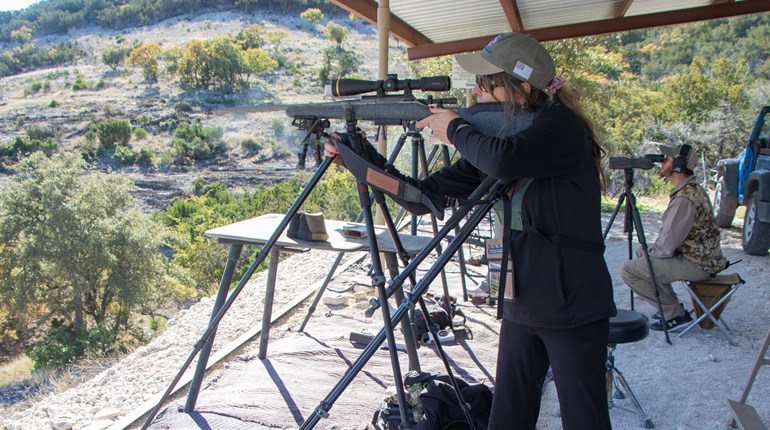
 When you live in a place like Virginia, you really don’t expect multiple elemental blasts of pure winter. All we hear on the news is we’re over our snow-plow budget, schools are closed, events are cancelled and flights are delayed. As we trade our bows for shovels, it’s funny how I never minded a sore back when it was the result of dragging a deer.
When you live in a place like Virginia, you really don’t expect multiple elemental blasts of pure winter. All we hear on the news is we’re over our snow-plow budget, schools are closed, events are cancelled and flights are delayed. As we trade our bows for shovels, it’s funny how I never minded a sore back when it was the result of dragging a deer.
But there are positives to all this snow. As the snow finally starts melting, antler sheds will sport a sheen—making them easier to spot—so if you’re like me, you’ve got some fun shed hunting excursions in your near future. Shed hunting is also a great way to kill two birds with one stone. While hiking your favorite hunting areas looking for sheds, as the snow disappears you’ll see right where the heaviest rut activity was last fall and pick up a few clues as to the whereabouts of what could turn out to be this year’s big buck. It’s also an opportunity to “rack up” information about the size of the bucks that survived last season. You’ll see that most trails, rub lines and scrapes are still visible in areas where you probably didn’t want to kick around during the rut.
Make mental notes and carry a roll of flagging tape. When you find that natural funnel or scrape, look around and try to find that perfectly straight tree for hanging your bow stand. This makes it much simpler when narrowing down the perfect spot for this year’s opening day.
As you’re searching for sheds, don’t just watch for bone on the ground. Pay attention—you’ll probably discover heavily used trails you didn’t find for fear of bumping deer from their core area. When you’re combing areas where you have particular bucks patterned, try to make sure they’ve definitely shed their antlers so you don’t end up pushing deer onto neighboring property where you are not permitted to roam. While you might think you’re good to go this late in the season, that’s not necessarily the case. My husband, Phil, and I live on several wooded acres in Virginia and just yesterday spotted an 8-point still combing the woods in all his glory. If I leave him be for a few more weeks, I’m hoping to be wrapping my hands around two pretty cool sheds by April.
I have two final shed-hunting tips. First, be sure to turn around and scan behind you once in a while, too, as a shed may be glaringly obvious if spotted from a different angle. Also remember to look down as you walk. I nearly stepped right on a small Shiras moose shed in Wyoming because I was so focused on the ground ahead of me.
Shed hunting is not only intriguing. It also provides good exercise during the off-season as you enjoy getting back outdoors. In the meantime, we snow shovelers could have it worse. I remember hearing about a snowstorm in Tibet in 2008 that dropped 6 feet of snow in 36 hours. Waiting for that much snow to melt took serious time—and sent prices on yak meat through the roof!





































